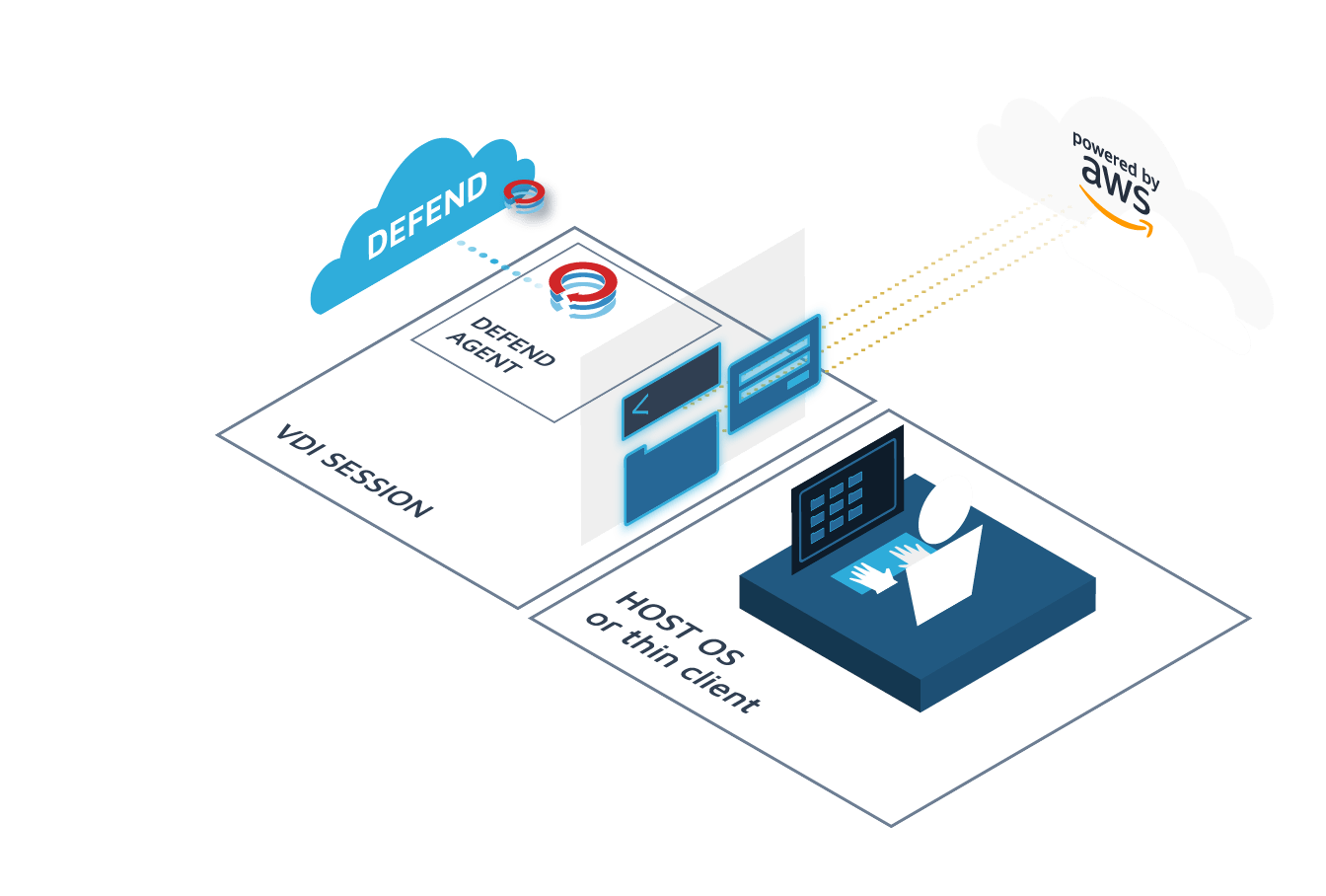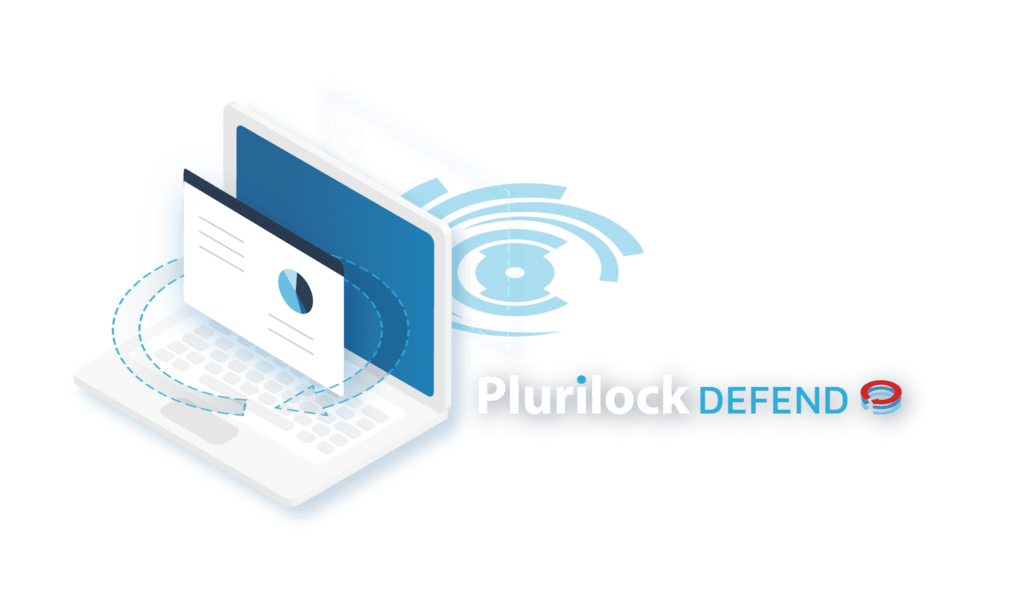Continuous, real-time authentication
for VDI and thin client workforces.
True zero trust identity for workers beyond your line of sight
Full-day identity certainty for VDI Users
Plurilock DEFEND™ for Amazon WorkSpaces
More workforces are more remote than ever before. When users are beyond line of sight and building controls, how do you know that a valid session is actually being used by the right user?
Continuous authentication for Amazon VDI and IGEL™ thin client environments confirms user identity every few seconds, all day long, as work happens.
- Fewer time-consuming authentication workflows for users
- Less need for rapid SSO token expiration
- Identity certainty all day during work, even for remote desktop users
Stop trusting credentials that can be stolen and login workflows that happened minutes or hours in the past. Confirm VDI and thin client user identity in real time—without extra devices or interruptions.

Broad Client Support
Windows, Linux, or IGEL™—
it’s All Supported
Plurilock DEFEND for WorkSpaces environments supports the most common kinds of workforce endpoints, desktop or thin client—so that your VDI workforce is covered, end-to-end.

Confirm the correct hands on keyboard all day long—regardless of the app in use.

Gain biometric identity certainty in real time and on-demand, without interrupting the user.

Know in seconds when a remote session is compromised and act immediately.

Pull real-time biometric identity confirmation in the background via API, as users act.
Compatible Systems
Supported Endpoint/EDGE Configurations
- Industry standard x64 computer systems
- Windows 10 or 11 Home, Pro, Workstation, or Enterprise
- IGEL™ Workstation and IGEL™ UMS
- Ubuntu LTS 18+
- Physical keyboard and pointing device
Supported VDI Configurations
- Amazon WorkSpaces client 4.0.6+
- Sessions configured for PCoIP protocol

How does it work?










